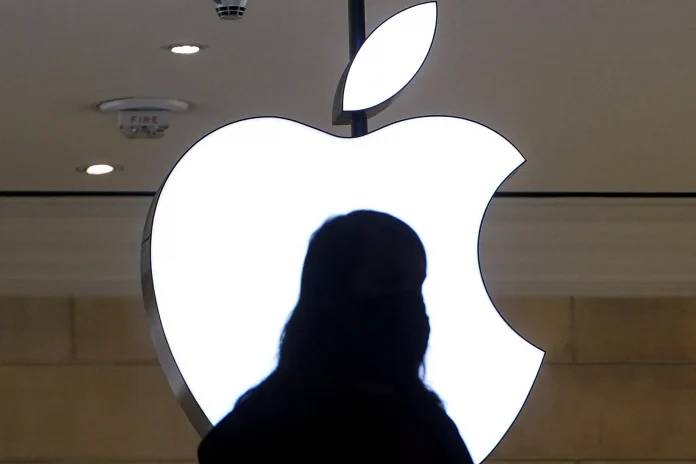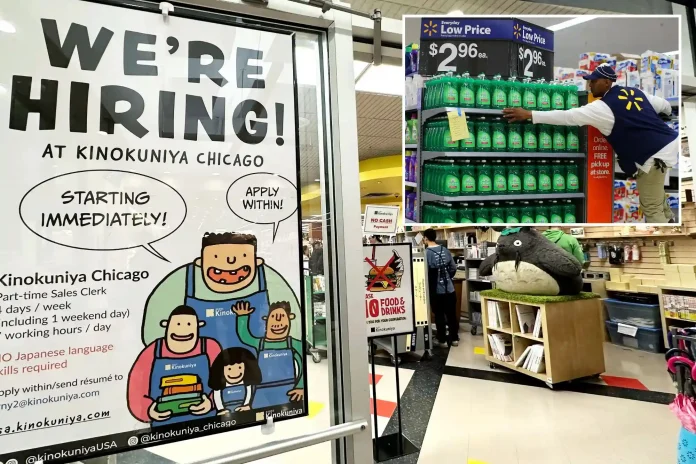This Content Is Only For Subscribers
You may not be able to pay $186 million for a Mark Rothko masterpiece like Russian oligarch Dmitry Rybolovlev once did. But you can buy Rothko’s New York studio — where he created his paintings for the famed Rothko Chapel in Houston — for $9.5 million.
This former studio is now a grand, skylit duplex tucked away inside a historic 19th-century carriage house on the Upper East Side.
It had been on the market for $10.15 million last year.
The four-bedroom, four-bath home, at 155 E. 69th St., is part of a “stable row,” one of the side streets between Lexington and Third avenues where wealthy Manhattanites kept their horses and carriages during the Gilded Age.
Rothko, along with Jackson Pollock, is considered to be the greatest abstract artist of the 20th century. He rented the carriage house when he worked on the Chapel paintings, his son Christopher said in a 2015 interview. What’s more, it had a profound influence on the final product.
“My father rented a large carriage house on East 69th in NYC to make a mock-up of the Chapel. He painted all the Chapel works there and was able to spend a considerable amount of time on their exact proportions and arrangement, since he was creating a space,” Christopher said. “The central room of the studio was skylit, and he came to love the low, diffused light it gave to the room. It sparked his wish to have a skylight in the Chapel, as well. So the studio was chosen to model the Chapel, which in turn was modeled on the studio,” he added.
A New York Times article also described how Rothko would pull a parachute across the “broad skylight … to modulate light.” (In 2019, the Chapel announced a $30 million restoration that would include a new skylight to factor in the “blinding light” of Houston, which was different than the light from Rothko’s skylit New York studio.)
The double-wide red brick structure was built in 1884 and was designed by architect William Schickel. It comes with arched windows, a large arched door, a garage and a garden.
The property is currently divided into two units — a not-for-profit foundation and the four-bedroom duplex. The private residence can also be accessed through the garage.
The home opens to a large living area with a working fireplace and a glass-enclosed terrace. There’s also a formal dining room, which is adjacent to the eat-in kitchen, that has access to the terrace. There are three bedrooms on this level — one with a working fireplace — as well as three baths and a laundry room.
A main bedroom suite is lined with windows. There’s also an office, a tearoom and storage. A mezzanine floor holds a wine cellar and more storage.
John and Dominique de Menil, who were practicing Catholics, commissioned Rothko to create art for the Houston-based Chapel in 1964. He completed the work in 1967. Rothko died by suicide in 1970 and never had a chance to go to visit, as it opened in 1971. While the Chapel was originally conceived as a Catholic place of worship, it opened as a non-denominational spiritual destination for contemplation — filled with 14 monumental black canvasses.
In the 2015 interview, his son Christopher said he remembers visiting his father in the Upper East Side studio. “He would unfurl a seemingly endless roll of brown craft paper on the wall and let me paint as much as I wished.”
Jed Garfield and Thomas Wexler of Leslie J. Garfield have the listing.













